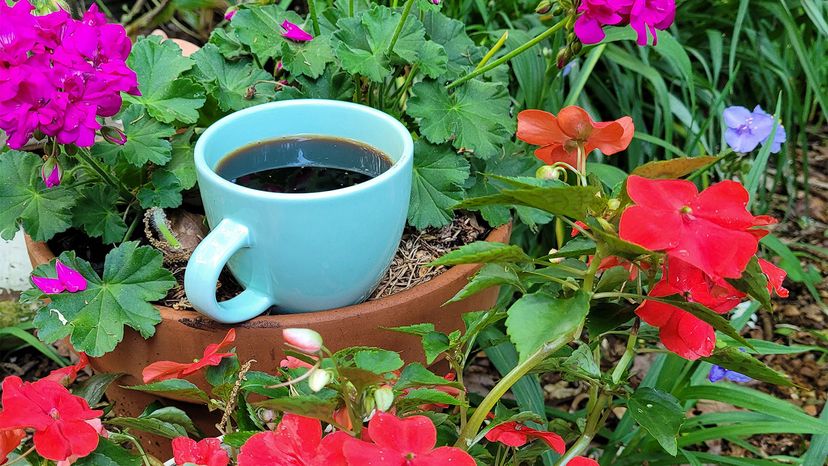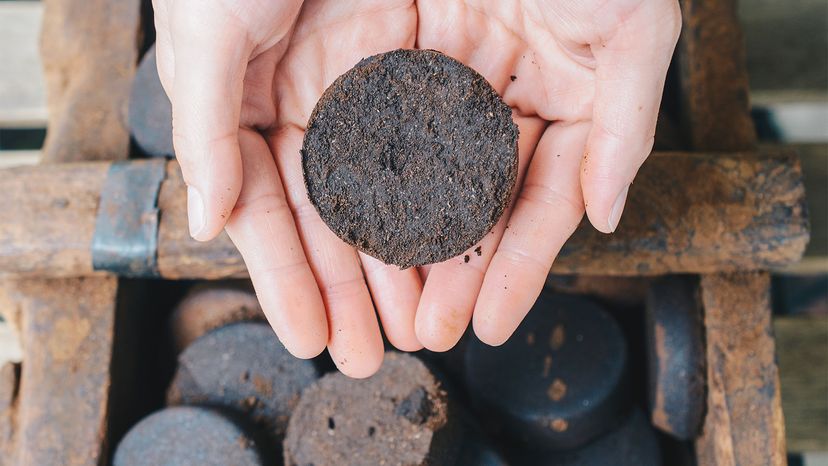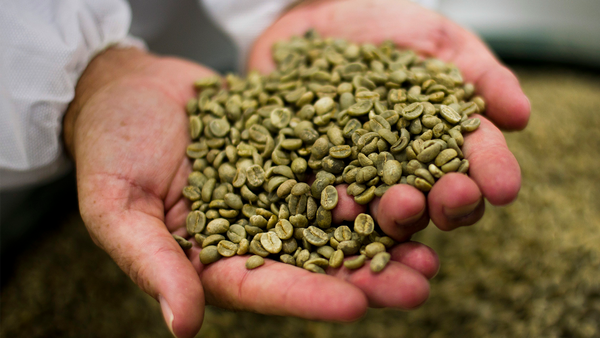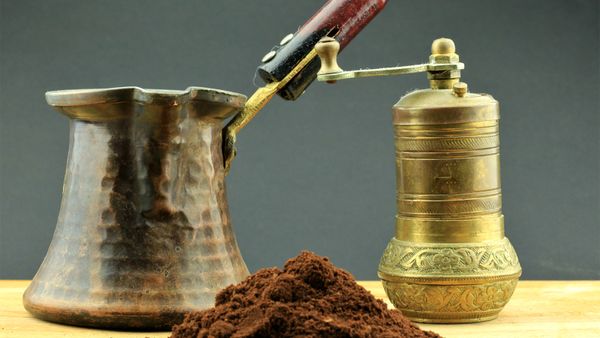
You know that last bit of coffee that always seems to be left in the carafe? Don't just pour it down the drain — you can use it to fertilize your plants, both indoor and outdoor. Coffee grounds (and brewed coffee) are a source of nitrogen for plants, producing healthy green growth and strong stems. Coffee also contains calcium and magnesium — both of which are beneficial to plant health.
To use coffee as a plant fertilizer, you'll need to dilute it. It should look like weak tea. If you aim for about 1/4 coffee and 3/4 water, or even a half-and-half mix, in your solution (depending on how strongly you brew your coffee), that's about right, but you don't have to be fussy about it.
Advertisement
You can use coffee fertilizer on your potted plants, houseplants and in your vegetable garden. Coffee and coffee grounds are acidic and, while there are some plants that love an alkaline soil and won't do well with the addition of coffee, such as lily of the valley, lavender and honeysuckle, some plants absolutely thrive in an acidic soil.
Here is a list, from Gardening Know How, of acid-loving plants that thrive on a good shot of joe, though there are many more not included in this list:
- African violets
- Blueberries
- Azaleas
- Phalaenopsis orchids
- Amaryllis
- Begonias
- Cyclamens
- Hydrangeas
- Bromeliads
- Gardenia
- Hyacinths
- Impatiens
- Ferns
- Roses
A good rule of thumb is to feed and water your plants once a week with a weak coffee solution. They'll appreciate the additional nutrients, as well as the water.
And while we're here, let's talk for a minute about those leftover coffee grounds as well.
They're a great source of nitrogen when added directly to the soil or placed into your compost pile (though some inconclusive studies argue against the efficacy of adding them directly to soil). Acid-loving plants such as blueberries, azaleas and rhododendrons will love them, as they raise the acidity level of the soil and serve as a mild fertilizer. Coffee grounds are also an effective natural deterrent to garden pests such as slugs, snails and ants. And, if you are a vermicomposter, your worms will love them!

Advertisement


